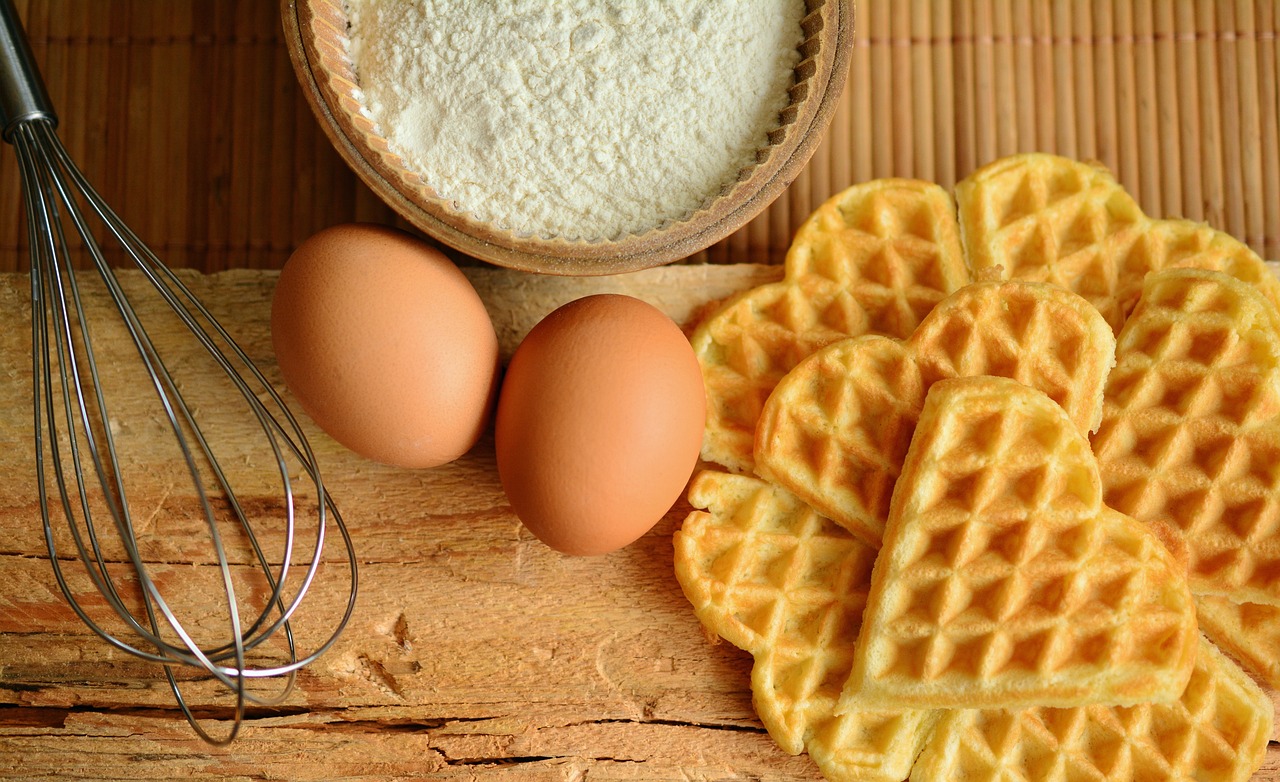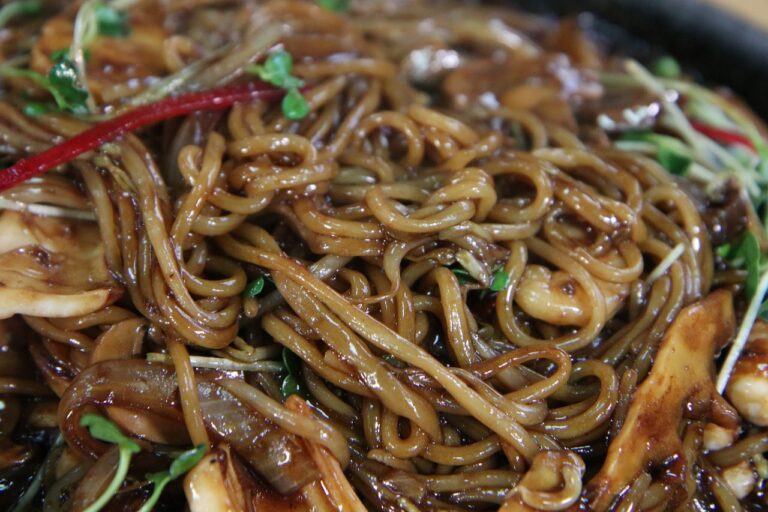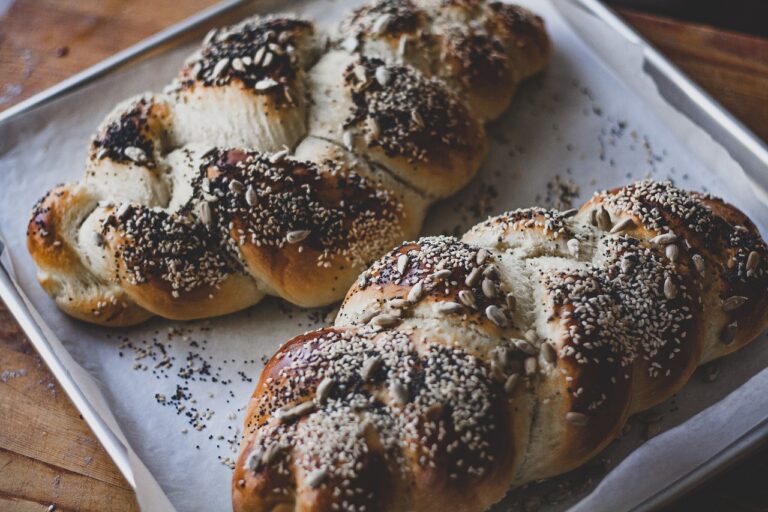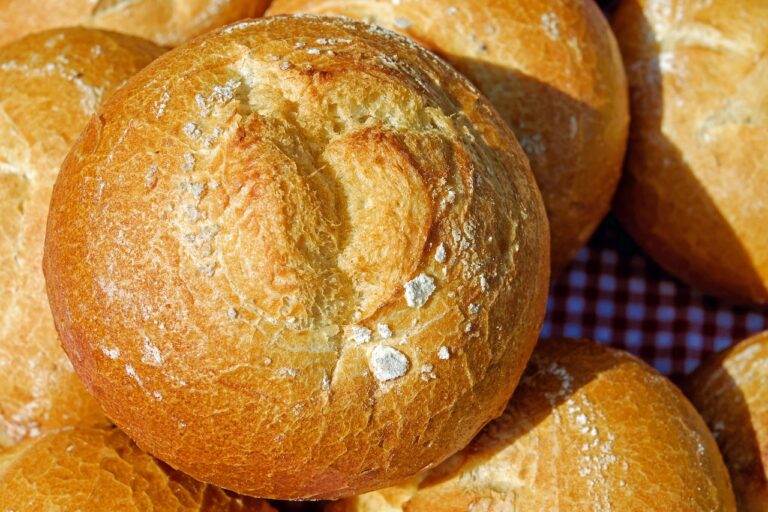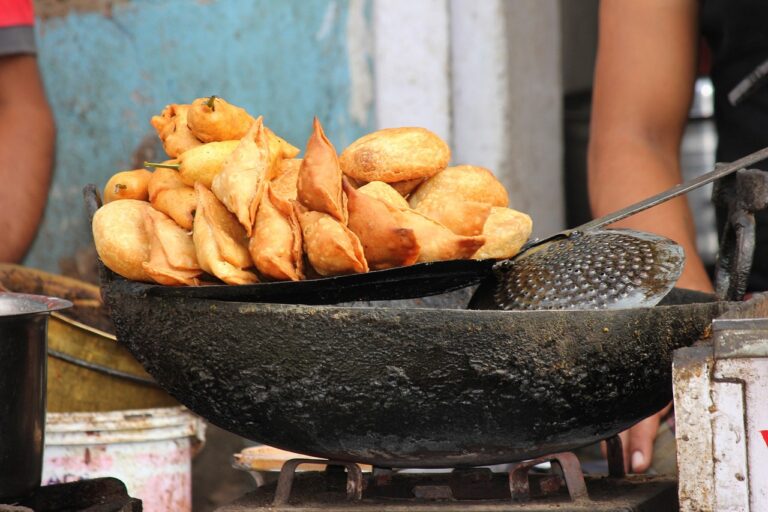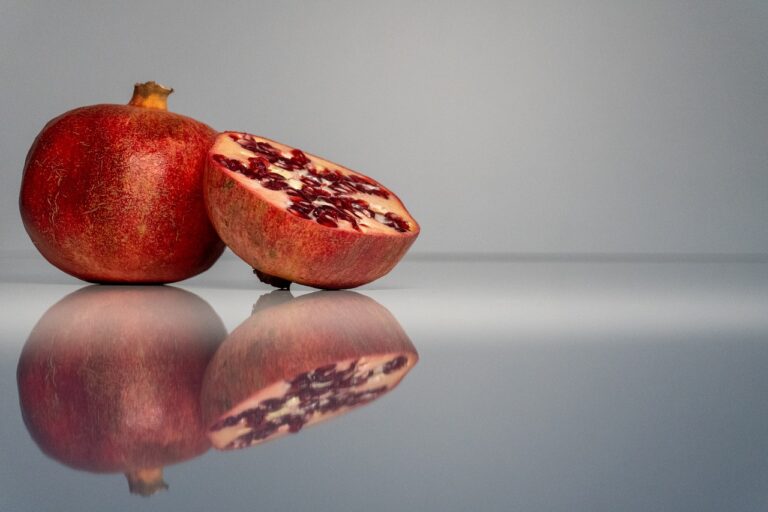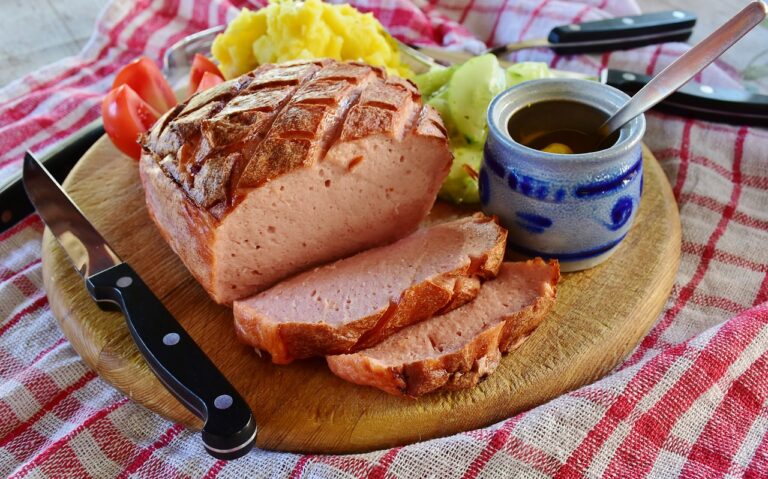The Future of 3D Printed Food: Customization and Sustainability
Traditional food production faces numerous challenges in the modern world. One of the key issues is the limited availability of arable land for agriculture due to urbanization and other land-use changes. This scarcity of land results in higher competition for space, making it difficult for farmers to expand production to meet the growing global food demand.
Another challenge is the impact of climate change on agricultural practices. Erratic weather patterns, extreme temperatures, and natural disasters pose a threat to crop yields and livestock health. Farmers are forced to adapt to changing conditions, which can be costly and time-consuming. This uncertainty in weather patterns makes it challenging to predict and plan for successful harvests, leading to potential food shortages and price fluctuations in the market.
Benefits of 3D Printed Food
3D printed food offers a range of benefits that are revolutionizing the way we think about food production. This innovative technology allows for precise customization of food items, catering to individual dietary needs and preferences. Whether one requires specific nutrients, textures, or flavors, 3D printed food can be tailored to meet these requirements with precision and accuracy.
Furthermore, 3D printing technology provides a sustainable solution to food production by reducing food waste and utilizing resources more efficiently. By creating food layer by layer, only the necessary ingredients are used, minimizing excess and leftovers. This not only promotes environmental sustainability but also contributes to cost-effectiveness in the long run.
3D printed food allows for precise customization of food items
Catering to individual dietary needs and preferences
Tailored to meet specific nutrients, textures, or flavors requirements
3D printing technology reduces food waste
Utilizes resources more efficiently
Creates food layer by layer, minimizing excess and leftovers
Overall, the benefits of 3D printed food extend beyond just convenience. This technology has the potential to revolutionize the way we produce and consume food in a sustainable and efficient manner. As further advancements are made in this field, we can expect to see even more innovative solutions that cater to our individual needs while promoting environmental conservation.
Customization in 3D Printed Food
With 3D printing technology advancing rapidly, customization in the food industry has become a fascinating area of exploration. One of the key advantages of 3D printed food is the ability to tailor the nutritional content to meet individual needs. This level of customization allows for personalized diets that cater to specific dietary requirements, preferences, and health goals. From adjusting ingredient ratios to incorporating dietary supplements, 3D printed food offers a new level of precision in food production.
Furthermore, customization in 3D printed food extends beyond just nutrition. This innovative technology also permits the creation of unique shapes, textures, and flavors that can enhance the overall dining experience. Chefs and food scientists alike can experiment with intricate designs and structures that were previously impossible to achieve using traditional methods. The creative possibilities are endless, offering a new frontier for culinary exploration and innovation.
What are some challenges in traditional food production?
Some challenges in traditional food production include limited customization options, long production times, and difficulty in meeting specific dietary restrictions or preferences.
What are the benefits of 3D printed food?
Some benefits of 3D printed food include increased customization options, reduced production times, and the ability to meet specific dietary restrictions or preferences.
How does 3D printing technology enable customization in food production?
3D printing technology allows for precise control over the ingredients, textures, and shapes of the food being produced, making it easier to customize the final product to meet individual preferences.

